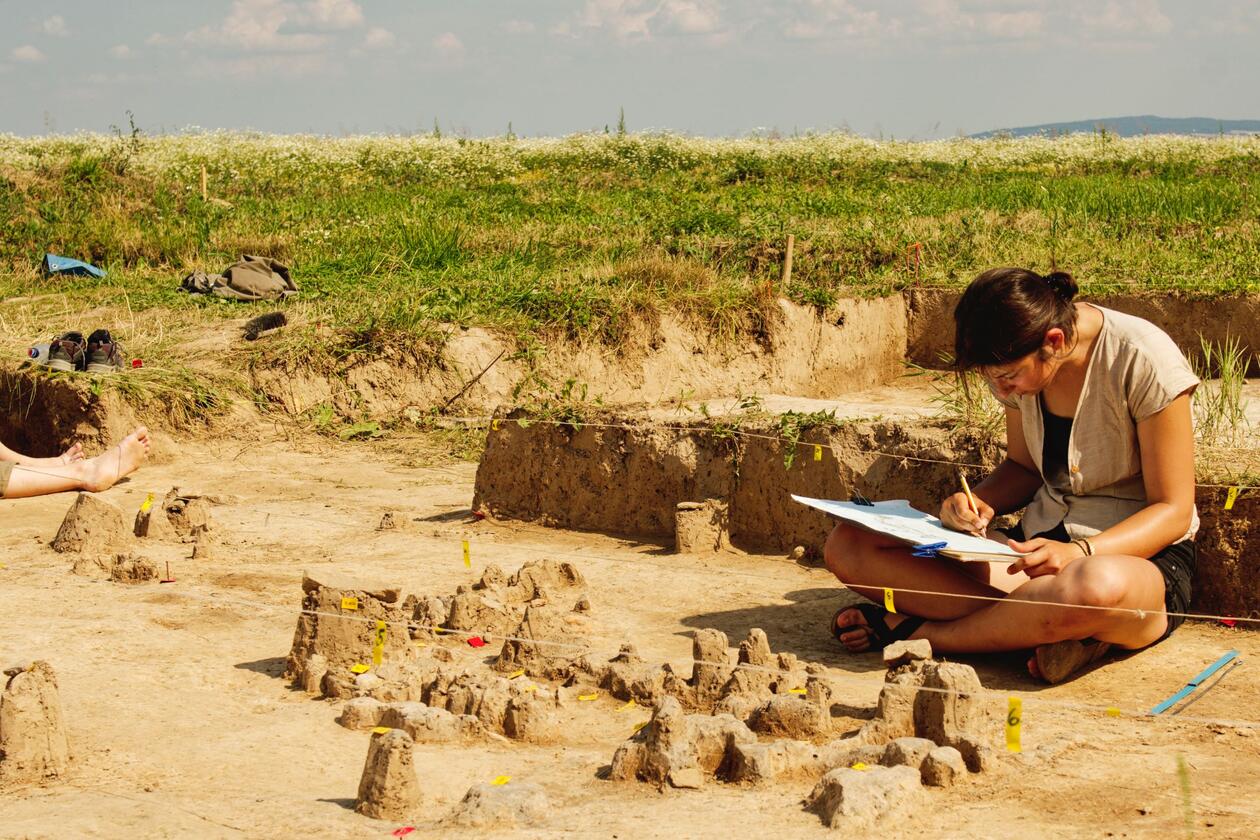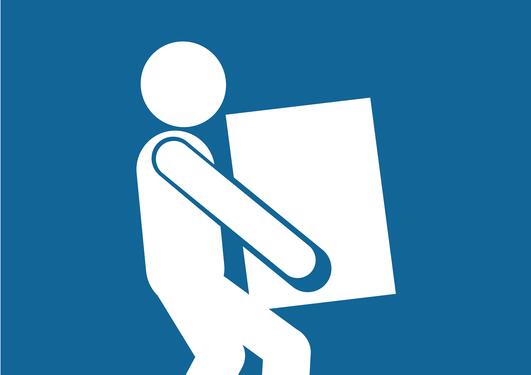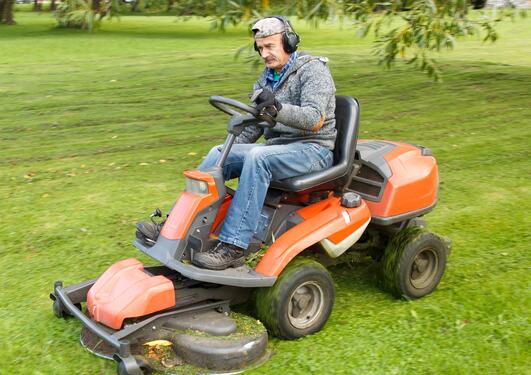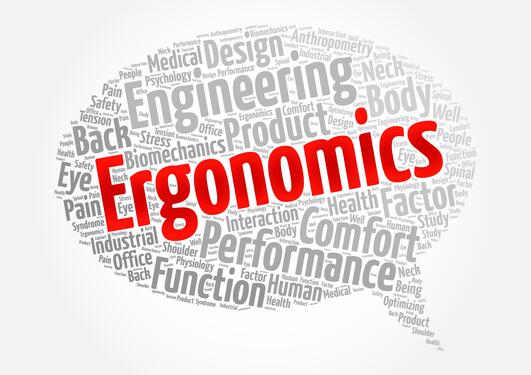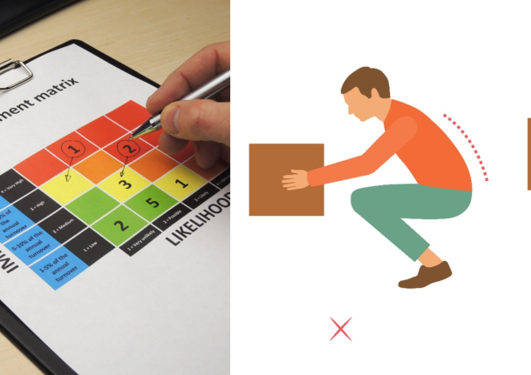Ergonomics during field work and research cruises
Prevention of musculoskeletal strain during field trips and research cruises.
Main content
The working conditions may vary during field work and while sailing. Sometimes the work will consist of heavy manual labour or time spent working in awkward positions.
Heavy labour
Advice while doing heavy labour:
- Position yourself close to the item your working on/ with.
- Interchange between using right and left hand.
- Try to have a symmetrical strain on your body while doing heavy labour.
- Rotate between doing heavy and less heavy tasks regulary. Take frequent breaks.
- Plan the execution of tasks so it's less strenuous on the body. (I.e. combine heavy tasks with less heavy tasks and make sure to have necessary aides available.)
- Bend your legs instedad of your back while lifting/ putting down heavy objects.
- Avoid twisting your back during heavy lifting - take a few more steps if necessary.
- If necessary, work in pairs (or more) while carrying.
- Assisst if someone asks for a helping hand.
- Pushing, pulling and rolling (equipment with wheels) is (generally speaking) easier than carrying.
- Pushing, pulling and rolling is easier on an even surface. Even out the ground if needed. This can e.g. be done easily by adding planks as a "quick fix" on very uneven surfaces.
Equipment:
- Gloves (for better gripping).
- Moving straps
- Stair climbing dolly
- Wheelbarrow
- Hand truck
- Trolley
- Pulley
- Winch
- Wheel dolly
- Transport tray
- Suspension
Read more at Arbeidstilsynet's web pages (note: only the Norwegian pages have information on ergonomics): https://www.arbeidstilsynet.no/tema/ergonomi/manuelt-arbeid/tungt-arbeid/
Work in awkward positions
Advice while working in awkward positions:
- Time spent working either squatting, on knees or above shoulder height shouldn't exceed more than half an hour at a time, before switching to a less strenious task or taking a break.
- Time spent in awkward positions shouldn't exceed more than four hours a day.
- When it's not possible to facilitate working conditions to avoid awkward positions, it's important to concider variation, work rotation and taking breaks.
- Concider whether it's possible to switch side according to what you're working on/ with, to get variation on how the body is bing used. I.e. interchange between using right and left hand, or make sure your neck is being equally rotated towards left and right by sometimes swithcing position.
Equipment:
- Knee padding
- Elbow padding
- Seat padding
- Stool
- Step stool
- Ladder
- Suspension of heavy equipment
Read more at Arbeidstilsynet's web pages (note: only the Norwegian pages have information on ergonomics): https://www.arbeidstilsynet.no/tema/ergonomi/manuelt-arbeid/uheldige-arbeidsstillinger/
Temperature, climate and workwear
High and low temperatures both affect our ability function. In cold environments our grip may lessen. Fine motor and sensory skills deteriorate if we get too cold. During warm conditions we fatigue more easily, which again reduces efficiency and the risk of failures.
Suitable workwear is important. According to the conditions, the attire has to be water, and/ or wind protective, as well as be suitable to both temperature and culture (if applicable). In case of a slippery, uneven or rocking surface or ground, it’s important to wear soles with a suitable grip. Consider shoes that provide ankle support. Gloves can provide a better grip and protect against high or low temperatures.
Sun protection on the head, body and eyes is important. Concider if it's possible to set up sheltering against sun, wind or water on site in addition to the individual measures taken.
Bring a mosquito net if applicable.
Whole-body vibration
During transportation the body is exposed to whole-body vibrations. A common acutely felt effect of this is motion sickness. In a longer timeframe, whole-body vibrations may increase the risk of degenerative conditions in the spine as well as back pain. Smaller the vessel and higher the speed, the higher impact the spine absorbs, especially combined with waves at sea. Possible measures is i.e. to reduce speeding and add damping padding.
Risk assessment before departure
Before departure a risk assessment is required, including risk assessment of ergonomic factors.
